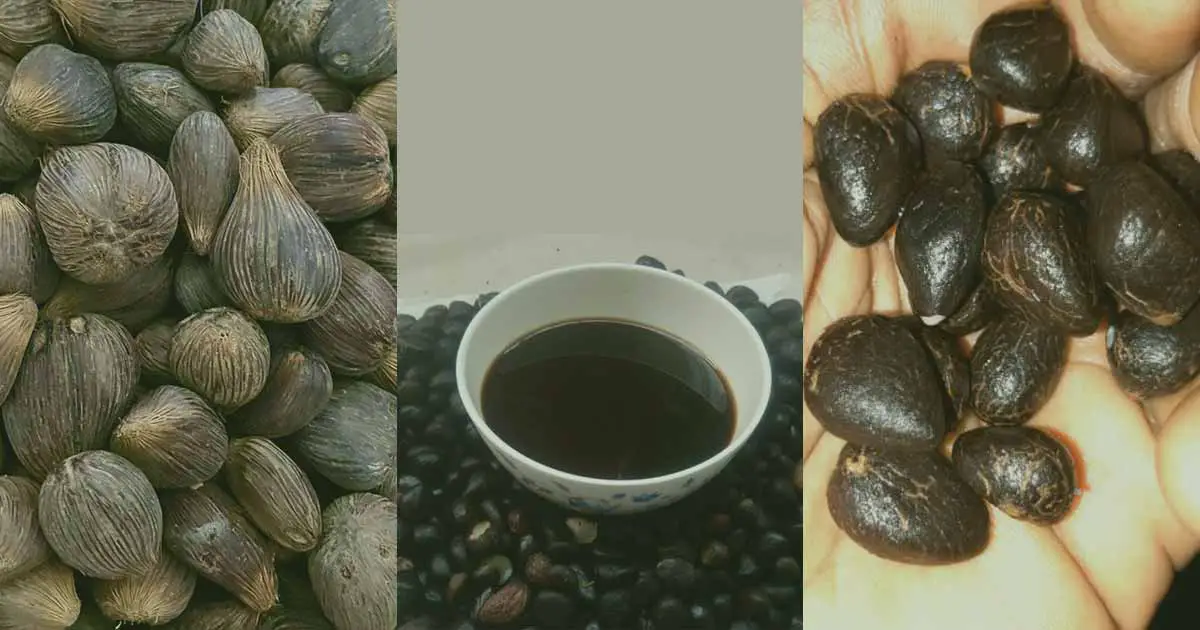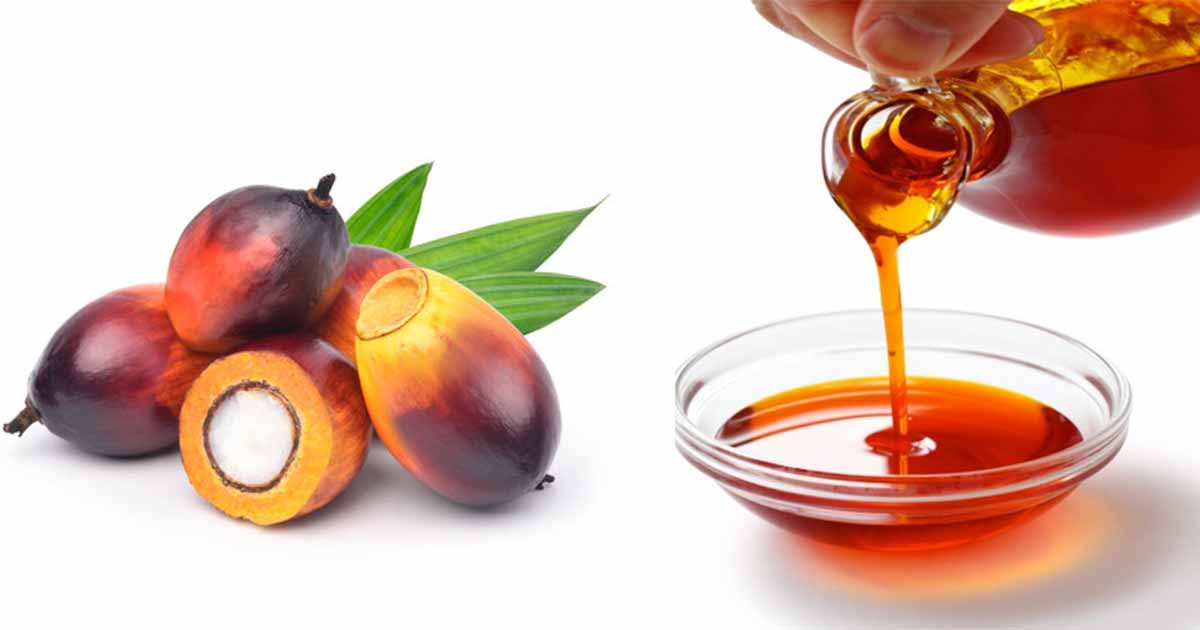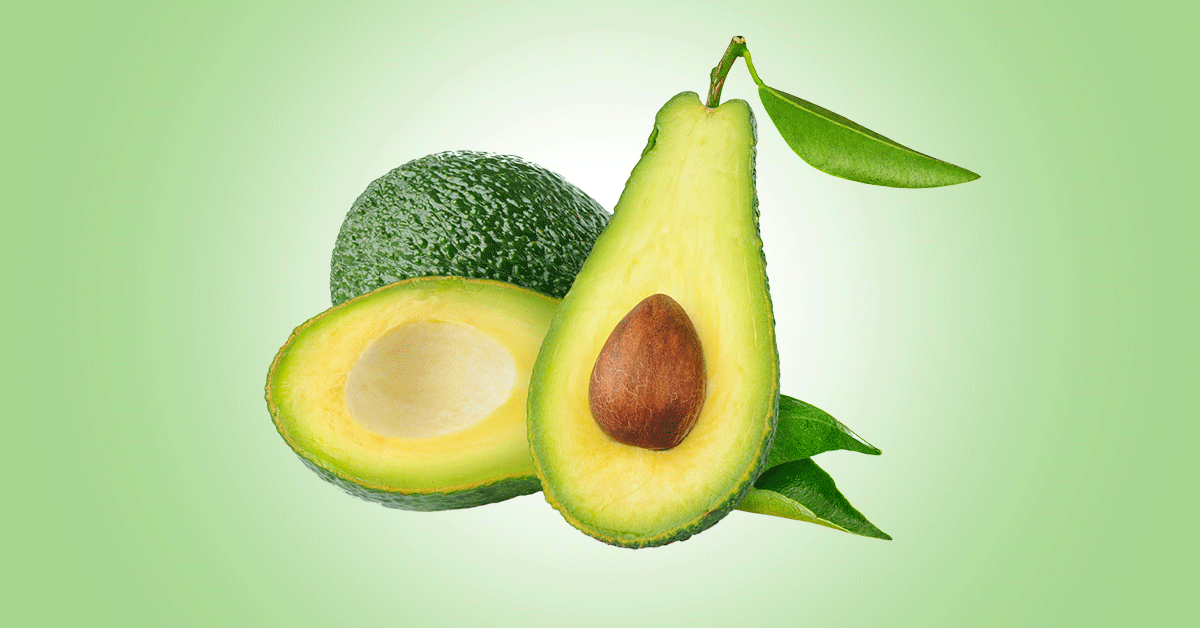Palm kernel oil is derived from the palm seed or nut or palm kernel of the palm fruit, unlike the palm oil that is obtained from the fruit (mesocarp) of the palm fruit. Palm kernel is a source of oil and dietary protein.
The palm kernel or nut is oval, brown, with a hard shell. Removing the shell will reveal an edible, oil-rich, dark brown kernel, which is the size of a hazelnut. If the oil is extracted from the nut, a bye-product called palm kernel cake is obtained. Additionally, the shell obtained from the palm nut is used to produce biofuels.
The world leaders in the export of palm kernel and nut includes Malaysia, Nigeria, Indonesia, Nicaragua, Cambodia, Malaysia, etc.
Palm Kernel Oil
Palm kernel oil is extracted from the palm kernel or palm nut by mechanical method such as heating, or other industrial processes.
Both palm kernel oil and coconut oil are exchangeable. They are both called lauric oils, because of the high quantity of lauric acids, which are a good substitute for cocoa butter. Lauric oils are used in spreads, candies, and nondairy creamers.
Kernel oil is white, to yellow, or dark vegetable oil, with strong odor. It is highly saturated and solidifies between 20 and 24 °C. It last long and is used to add aroma to baked products.
Foods with palm kernel oil such as biscuits with cream fillings, sandwich cookies, whipped cream, some confectionery gives pleasant cooling sensation on the tongue. The oil also forms eutectic mixtures with palm oil and is used in margarine. It can also be used for cooking.
Other uses include replacements for butterfat. Fully hydrogenated palm kernel oils are used to prolong the stability and shelf life of solid and liquid coffee whiteners. A blend of 70/30 palm kernel olein and palm oil are used to improve flavor in vegetable oil-based mozzarella cheeses. Fully hydrogenated palm kernel oil stearin has similar solid fat as cocoa butter. It can serve as cocoa butter equivalent in chocolates and coated ice cream bars.
Palm kernel oil is also used to produce detergents, soaps, pomades, hair cream, body cream.
Also, palm kernel stearin and hydrogenated palm kernel stearin can be used to prepare compound chocolate bars or coatings
Palm kernel Cake
Palm kernel cake, the bye-product obtained from the extraction of palm kernel oil from the palm nut, is used as flour. It has low protein value and high fiber content. The cake has oil, protein, minerals such as calcium, phosphorus, magnesium, iron and zinc,
It is also used as a diary fodder and for animal feeds. However, the use of the cake in non-ruminant and poultry feeds are limited due to the high fiber content.
Constituents
Palm kernel oil contains mainly trigylcerides with short chain fatty acids such as lauric and myristic acids. The lauric oil value increases at a maximum after 14 weeks of ripening of the fruit bunch.
Palmitic, stearic, oleic and linoleic acid, and minor quantities of arachic acid, palmitoleic acid are the main fatty acids after fruiting.
It also has sterols mainly β-sitosterol, and others such as stigmasterol, and campesterol. Other vitamin precursors such as α-tocopherol and α-tocotrienol are obtained.
Composition
A 100 of palm kernel oil contains
- 862 kcal of energy.
- 24.7 µg of vitamin K
- 3.81 mg of vitamin E
- 0.2 mg of choline
- 81.5 g of total saturated fats
- 11.4 g of monounsaturated fats
- 1.6 g of total polyunsaturated fats.
Palm kernel oil has no cholesterol or trans fatty acids, but high level of saturated fatty acids like lauric acids. This may increase the levels of LDL, and HDL.
Benefits of Palm Kernel Oil
Palm kernel oil, has other names such as ‘ude-aki, ‘mmanu-aki’ (Igbo), ‘Adin-dudu’, ‘Adin-Ekuro’ (Yoruba), ‘Main-Alaidi’ (Hausa). In traditional medicine, the oil is given orally, and applied to the face and head of a convulsing child to help calm the fever and lower body temperature. Other traditional uses include treatment of epilepsy, skin rashes, abdominal pain, and coughs.
VItamin K content: Vitamin K is a fat-soluble vitamin that keeps the bone healthy, and also helps to coagulate the blood.
Wound healing: Since the oil contains vitamin K and antioxidant like vitamin E, it has been used to facilitate wound healing.
Benefits of palm kernel oil to the skin: The oil keeps the skin hydrated, smooth, supple and moisturized. It also protects against UV damage to the skin, itching, and skin tanning. As a source of vitamin E, it has antioxidant effect and delays oxidative damage and ageing, wrinkling.
The oil is also believed to keep the body warm in the cold season and prevent wrinkling, and cracks in the skin during the dry season. Pregnant women apply the oil in their skin to reduce stretch marks. Other skin conditions such as body odor, eczema, are treated with palm kernel oil.
These effects could be as a result of toctrienols, and vitamin E content. Vitamin E is a strong antioxidant that prevents free radical damage, and slows aging, cancer and other diseases.
Hair benefit: The palm kernel oil moisturize the hair, and the scalp. It also makes the hair shiny, softy and thicker, strengthen weak hairs, prevent aging and graying of hairs, and prevent hair loss.
Constipation: The oil when applied to the anal region is believed to improve the bowel movement, and aid excretion of fetus.
References
- https://fdc.nal.usda.gov/fdc-app.html#/food-details/171422/nutrients
- https://www.shellingmachine.com/application/palm-nut-shelling.html
- https://www.sciencedirect.com/topics/agricultural-and-biological-sciences/palm-kernel-oil
- https://www.tridge.com/intelligences/palm-kernel-nut












